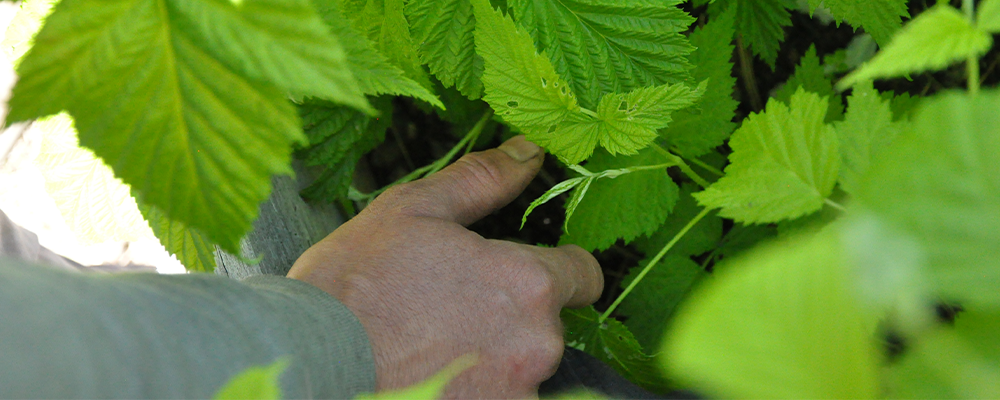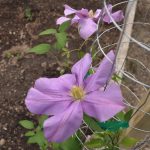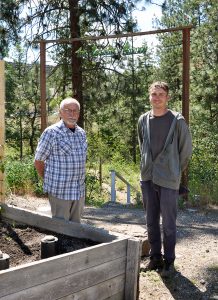Learning Garden

Purpose

A Learning Garden helps to promote the principles of sustainable environmental practice and responsible stewardship of nature while teaching and inspiring students and teachers on how to create their own gardens on school grounds.
For students that wouldn’t normally have access to garden space (e.g. living in a condo), Learning Gardens gives them an opportunity to dig in the earth, work with their hands, see things grow and gain a better understanding and appreciation about where their food comes from.
Learning Gardens can also become a networking hub as it inspires connections between schools, teachers and community partners.
The Learning Garden at UBC Okanagan is located adjacent to the natural pond behind the Engineering, Management and Education building. It is made up of six raised planter boxes and a small greenhouse.
History of the Learning Garden
The Learning Garden at UBC Okanagan campus officially opened on May 31, 2007 under the leadership of Veronica Gaylie, who was an Associate Professor with the Faculty of Education, Okanagan Campus at the time.
The project had many different sponsors that helped make the garden a reality: TD Canada Trust Friends of the Environment, Weyerhaeuser Forest Products, Woodstock Lumber Supply, Pier Mac Sand and Gravel, Wood Words Wood Cuts, Art Knapp Garden Centre, West Wind Nursery and Diesel and Dirt.
The learning garden as a Community Field Experience
Teacher candidates have an opportunity to work with the Learning Garden during their Community Field Experience (CFE) in May.

Robert Campbell (left) and Sebastien Parkhill-Goyette (right) in front of the Learning Garden main entrance.
In 2019, teacher candidate, Sebastien Parkhill-Goyette, undertook a large project with the garden as the planters were in serious need of some TLC and after all the clean-up, he found time to research and experiment with companion planting.
“Companion gardening is planting crops or flowers near each other that complement each other,” said Parkhill-Goyette.
In some cases that’s offering protection against insects or other predators, in others it’s providing different nutrition to the soil. One example of his companion planting is the Three Sisters: corn, pole greens and squash. The corn offers the beans support, the beans pull nitrogen from the air and bring it into the soil and the squash’s large leaves shades the soil – keeping it cool and moist.
In addition to his work at UBCO’s Learning Garden, he worked with Oyama Traditional School Pippa Dean-Veerman’s third grade class to establish their own Learning Garden on school grounds.
“We wanted the students to be involved in each stage of the process so they would have more of a sense of ownership of the garden,” said Parkhill-Goyette.
Some of the activities included the students cutting out graph paper to plot where they thought the raised beds should be, writing thank-you cards to donors and volunteers and even helping to measure and drill the garden beds together.
“It was an ambitious project,” said Parkhill-Goyette, as CFE’s are only four weeks long. “My biggest takeaway from the experience was the extent of student involvement and watching how capable they were from the measuring to drilling. It was pretty impressive to see them do all these. They even made a video of the process using iPads.”